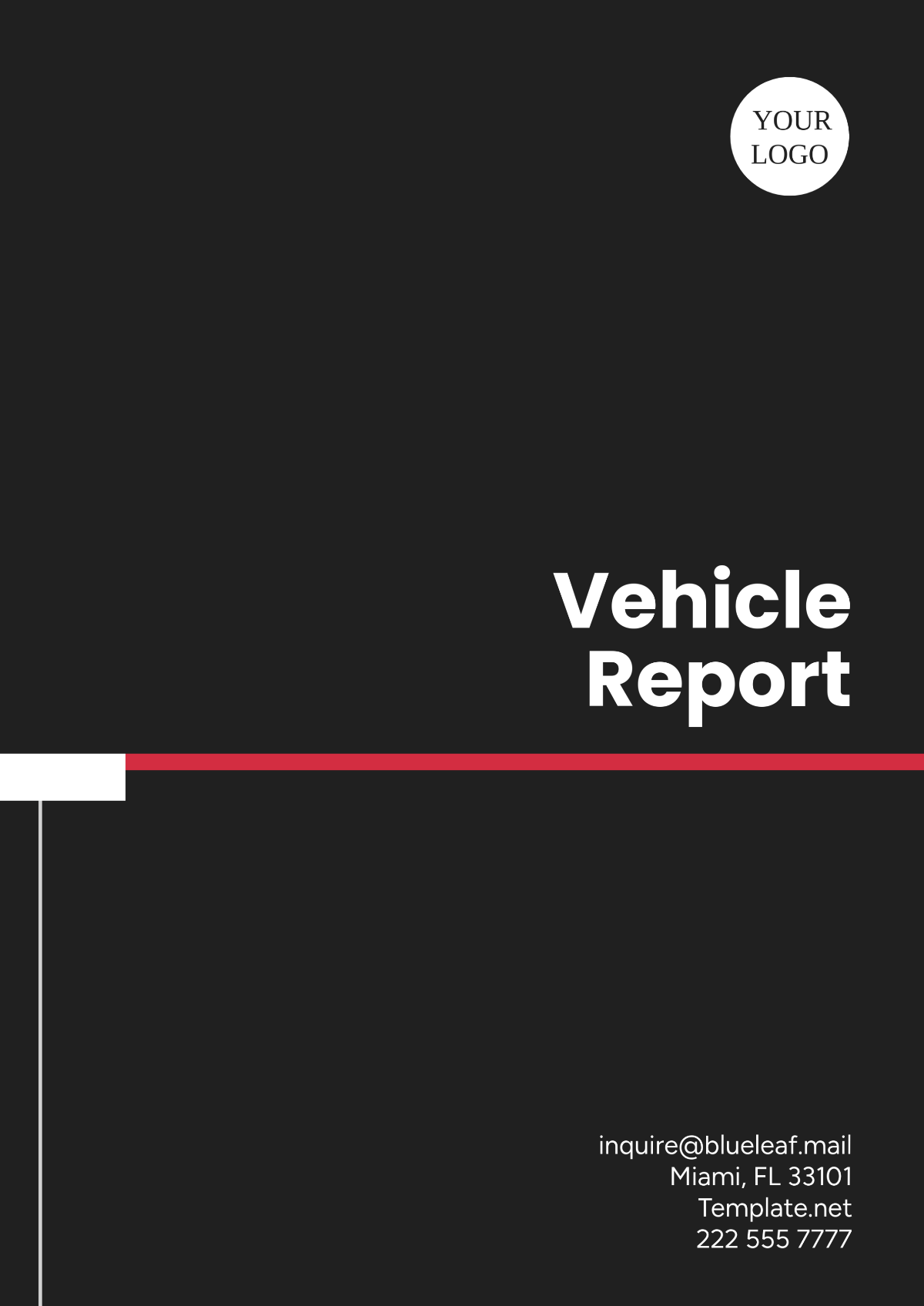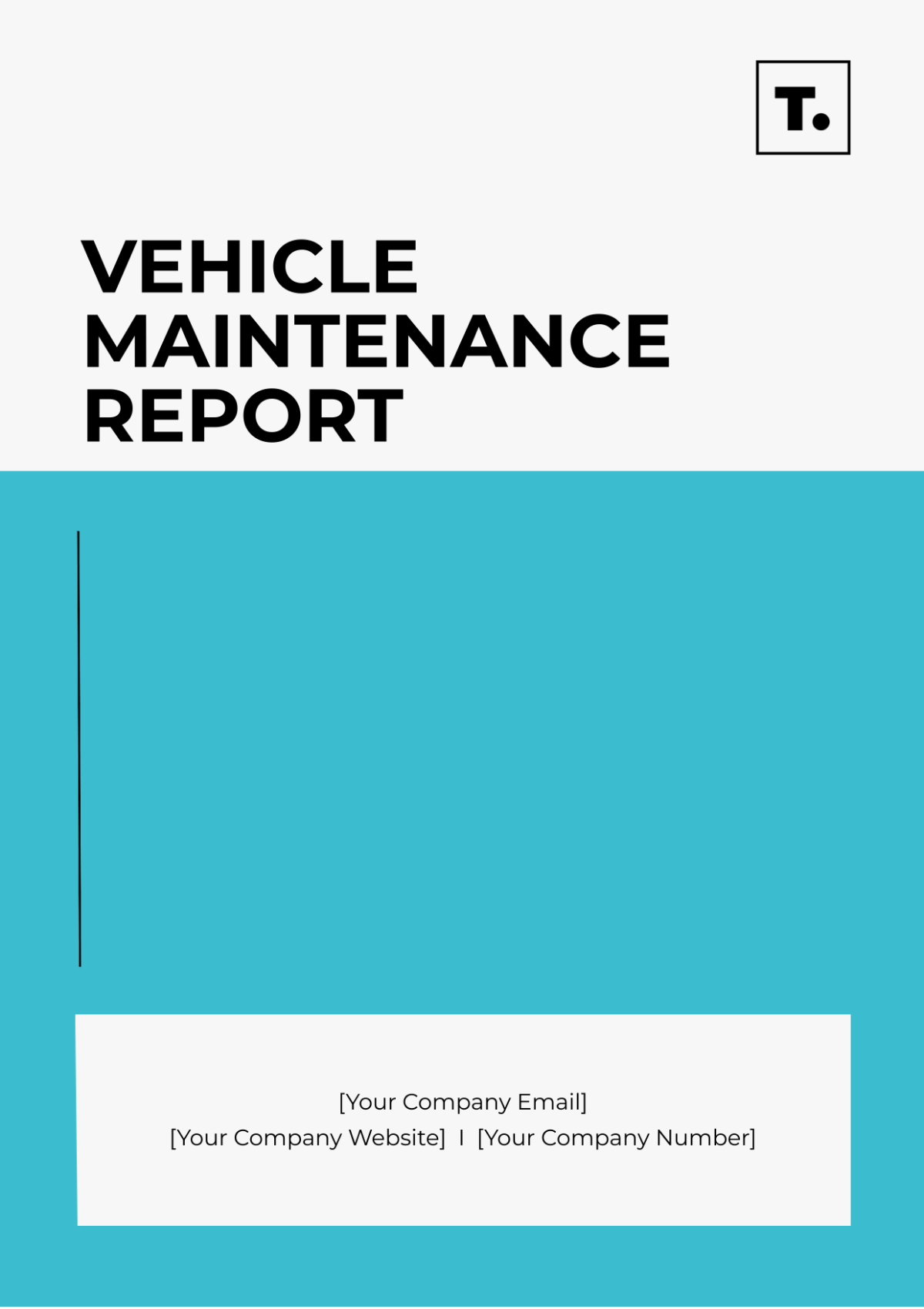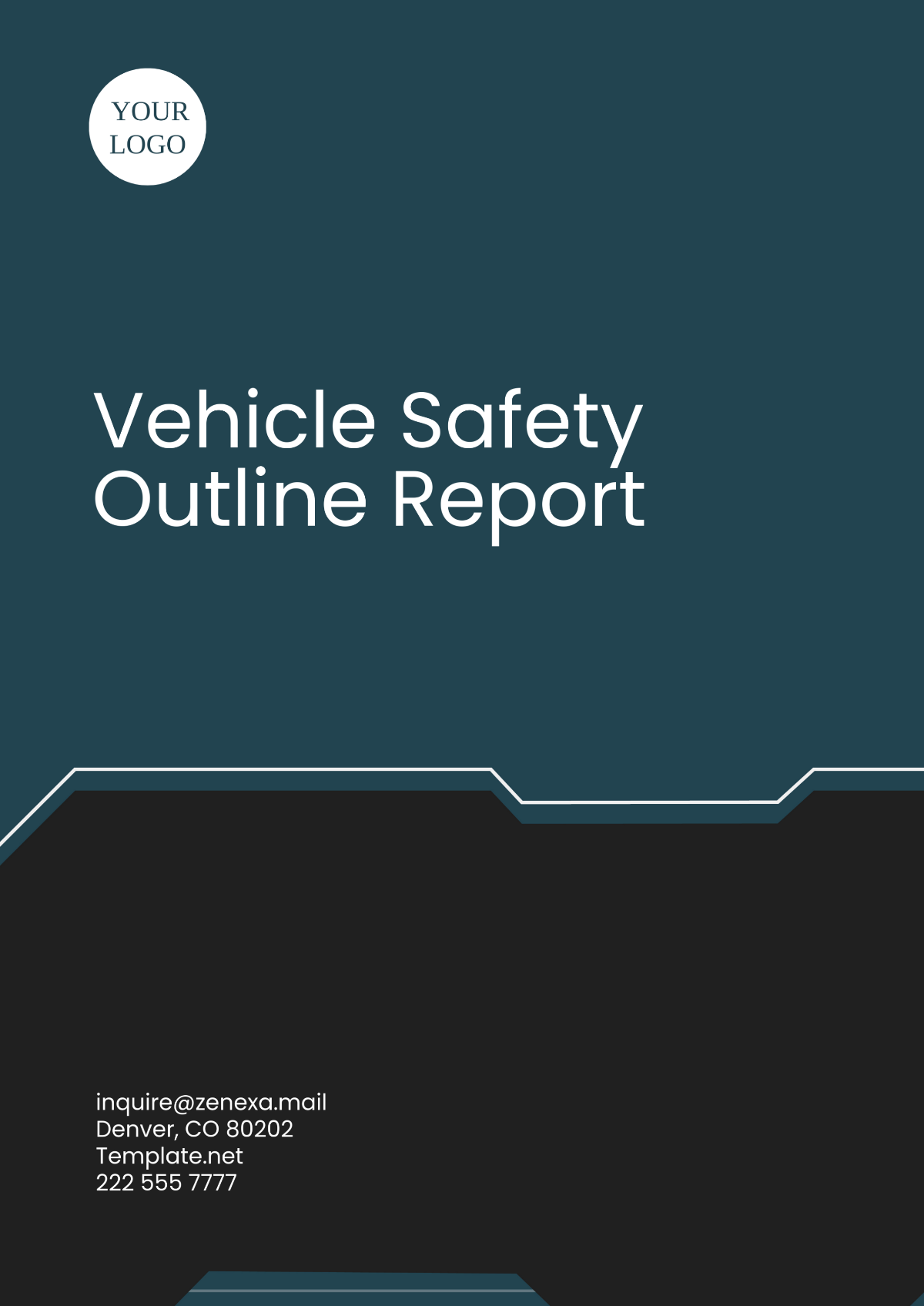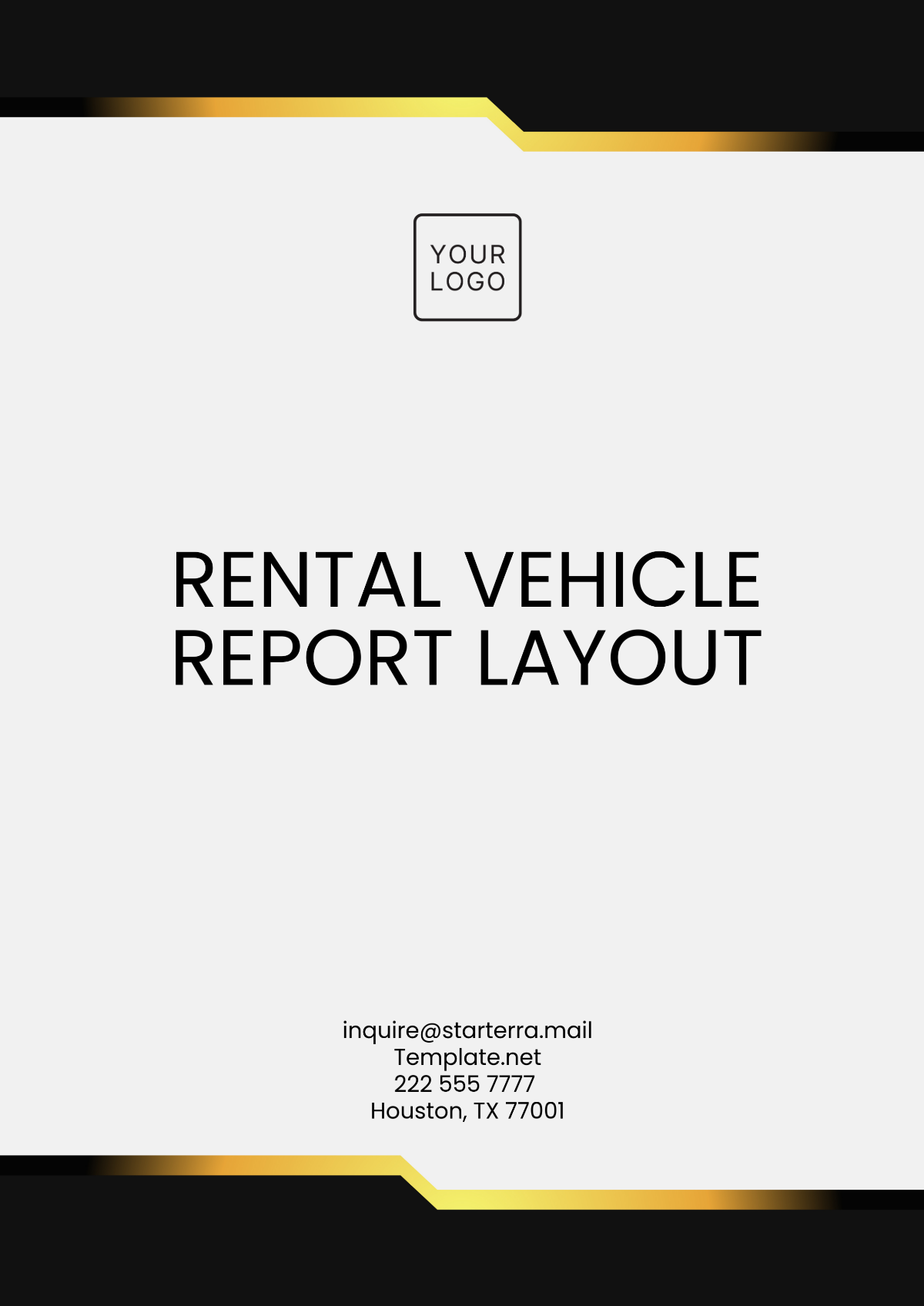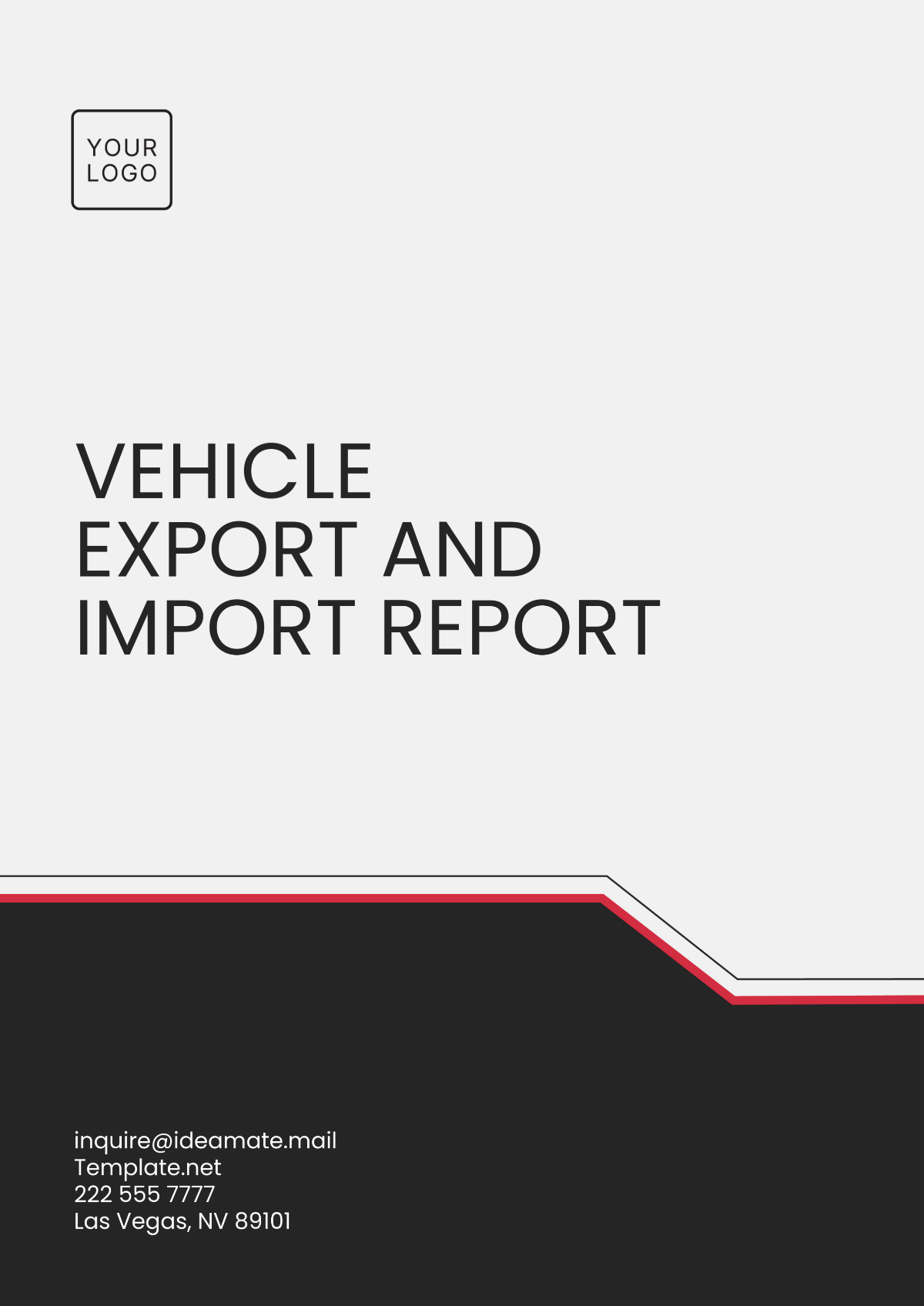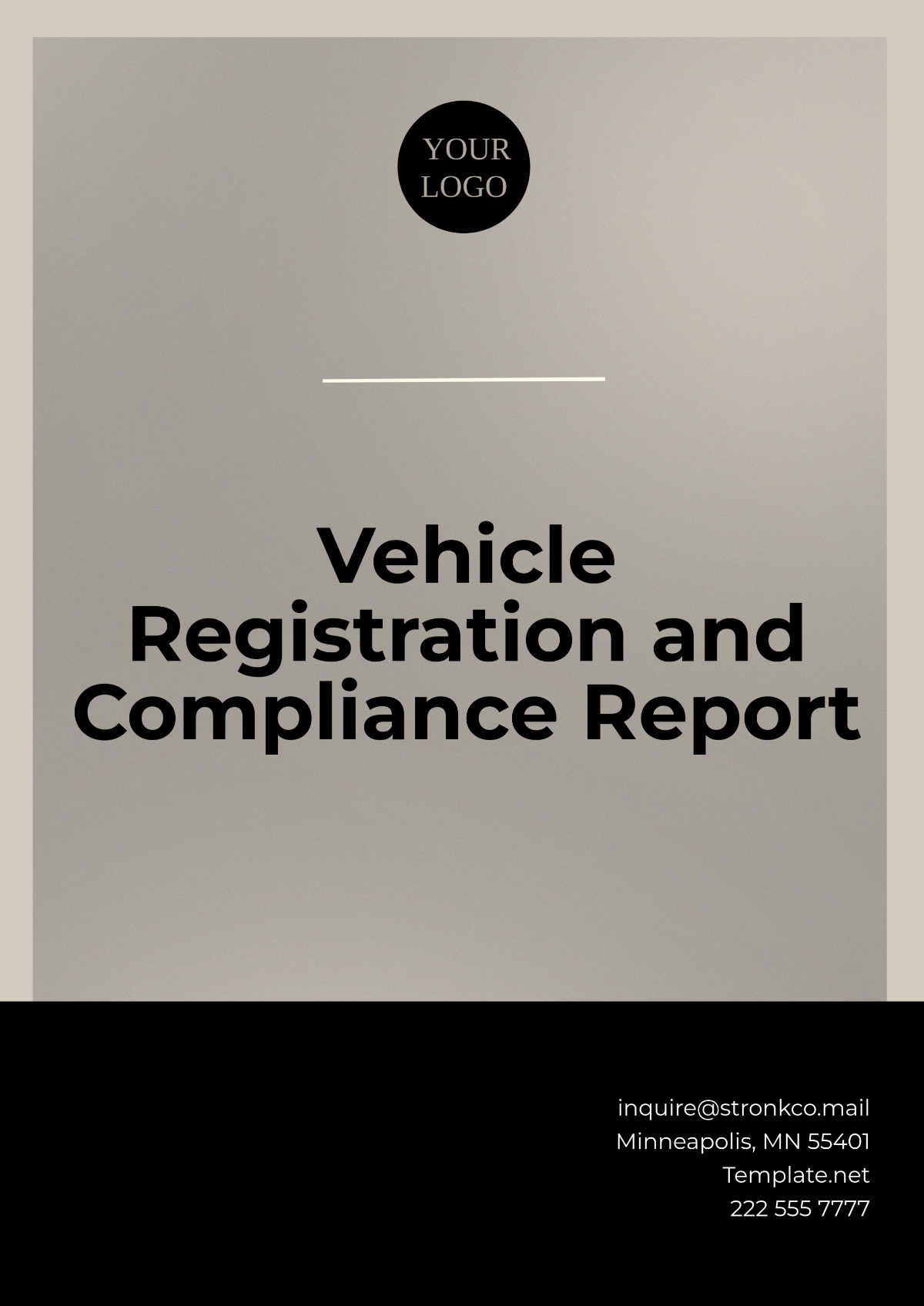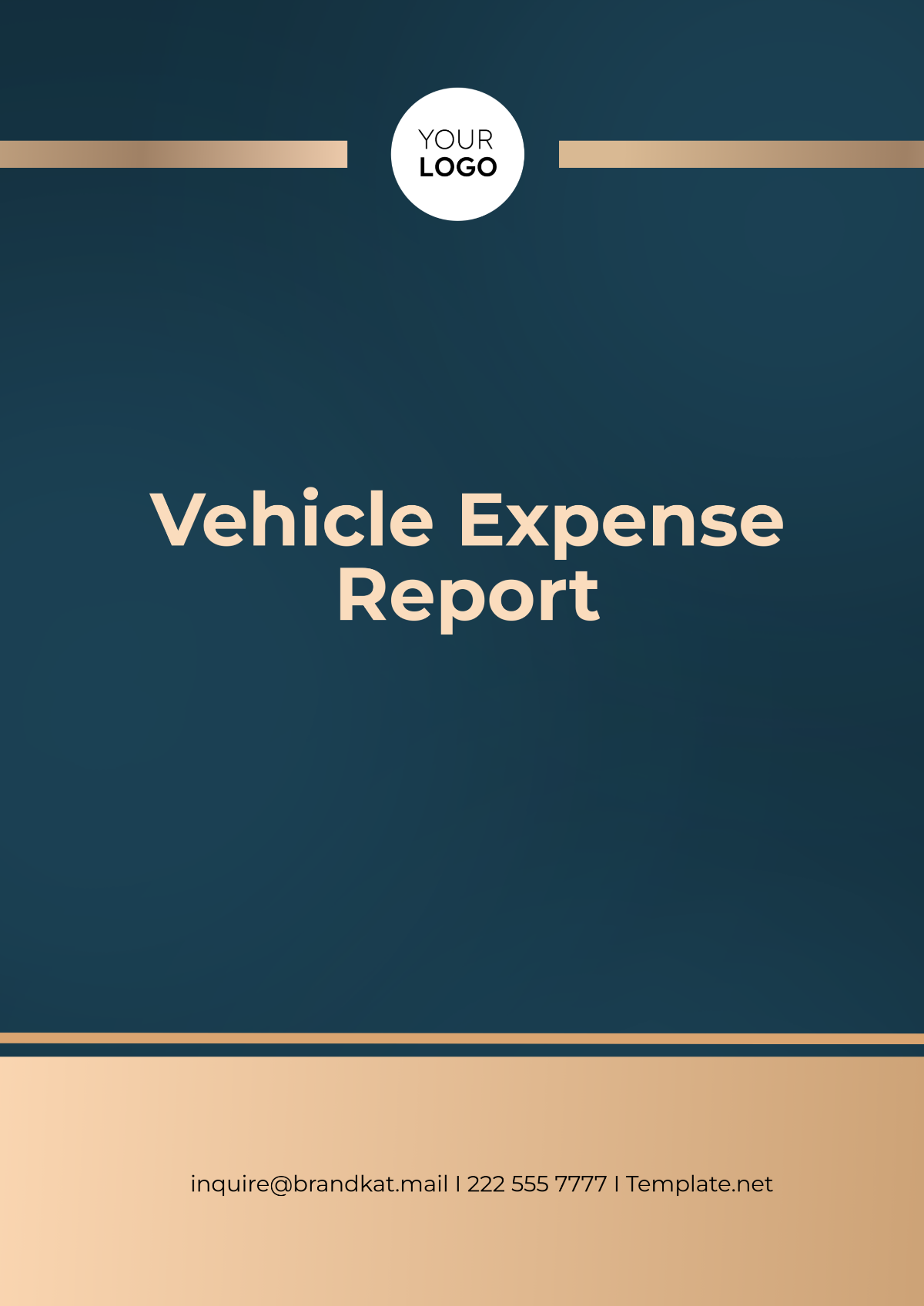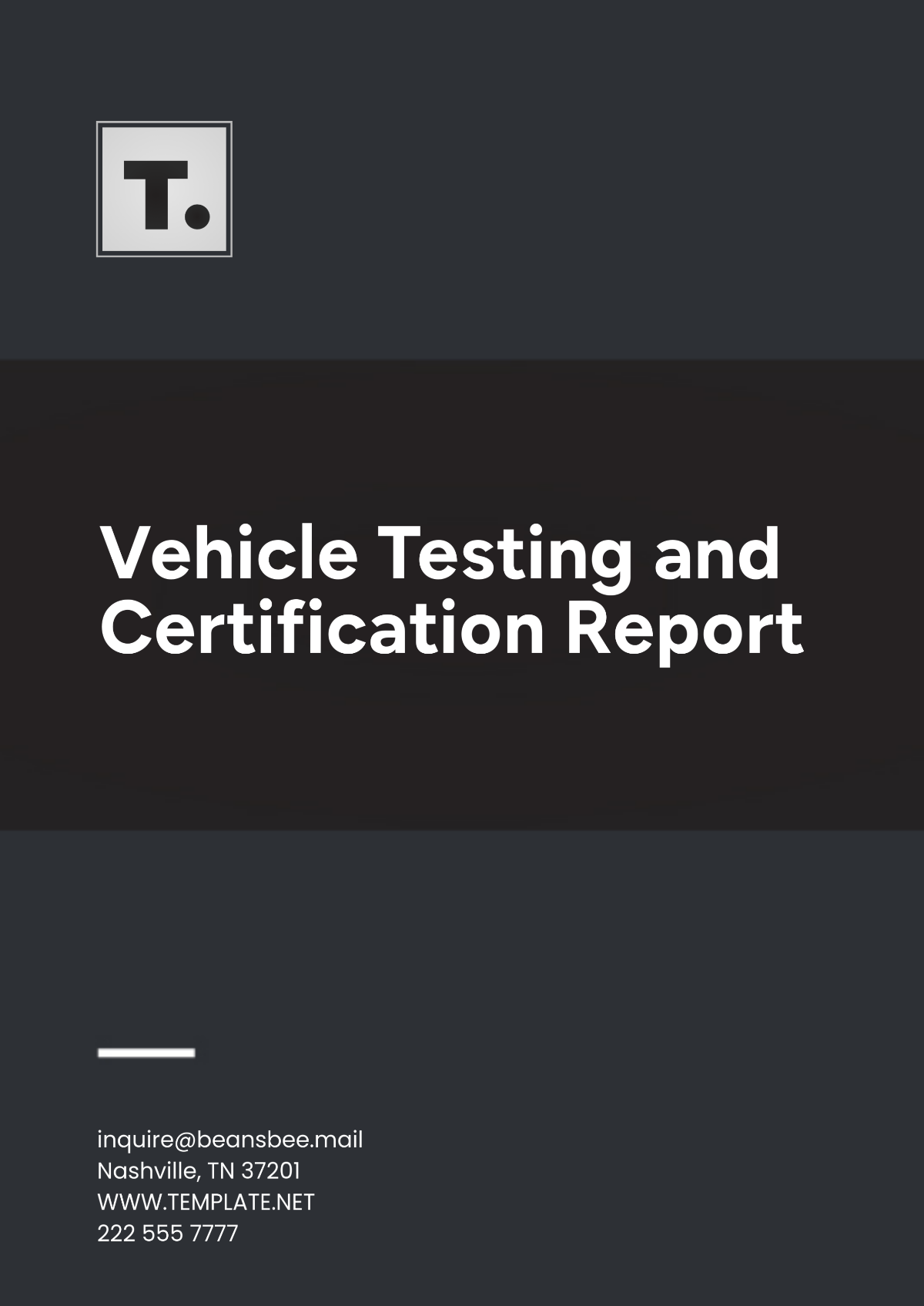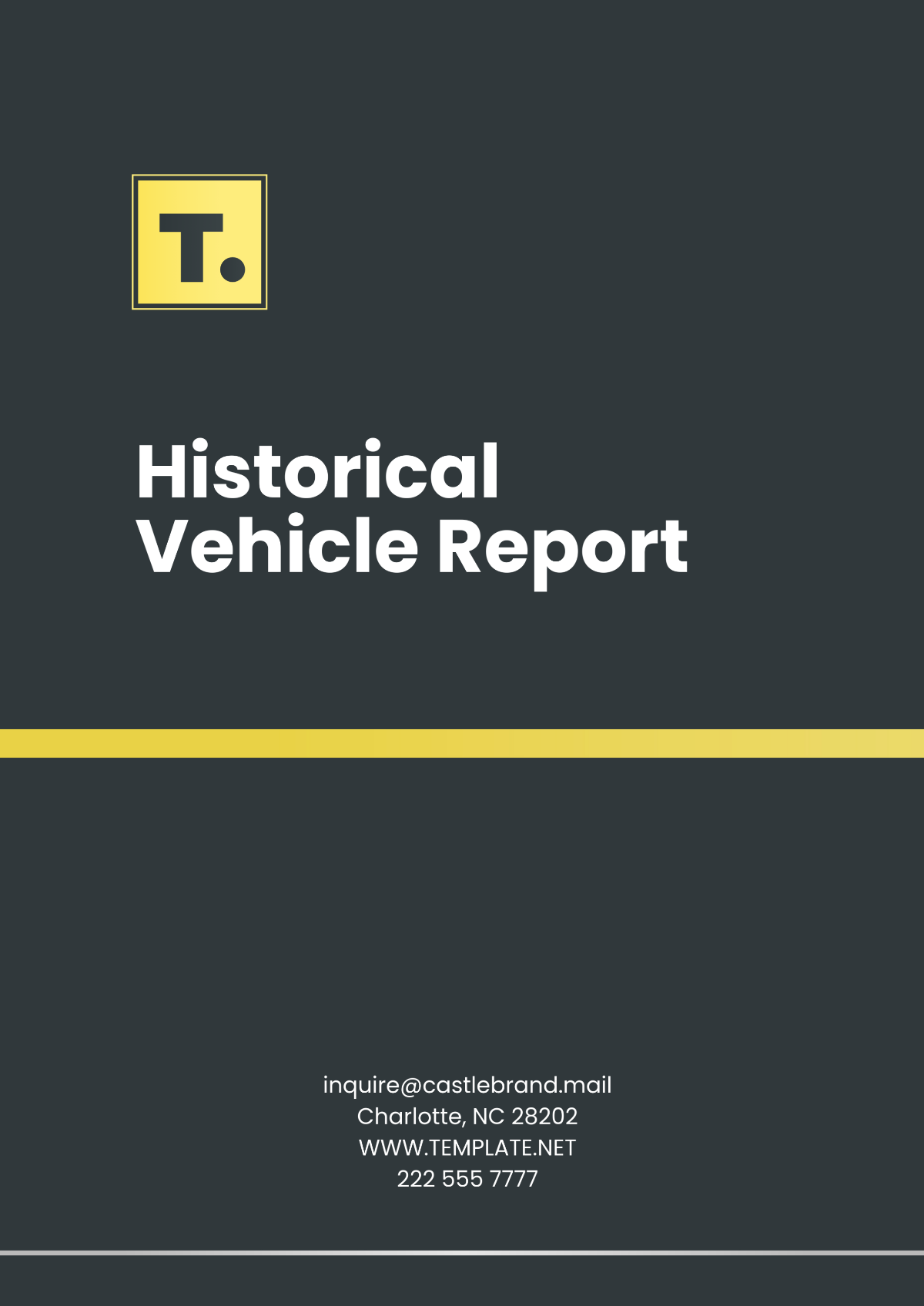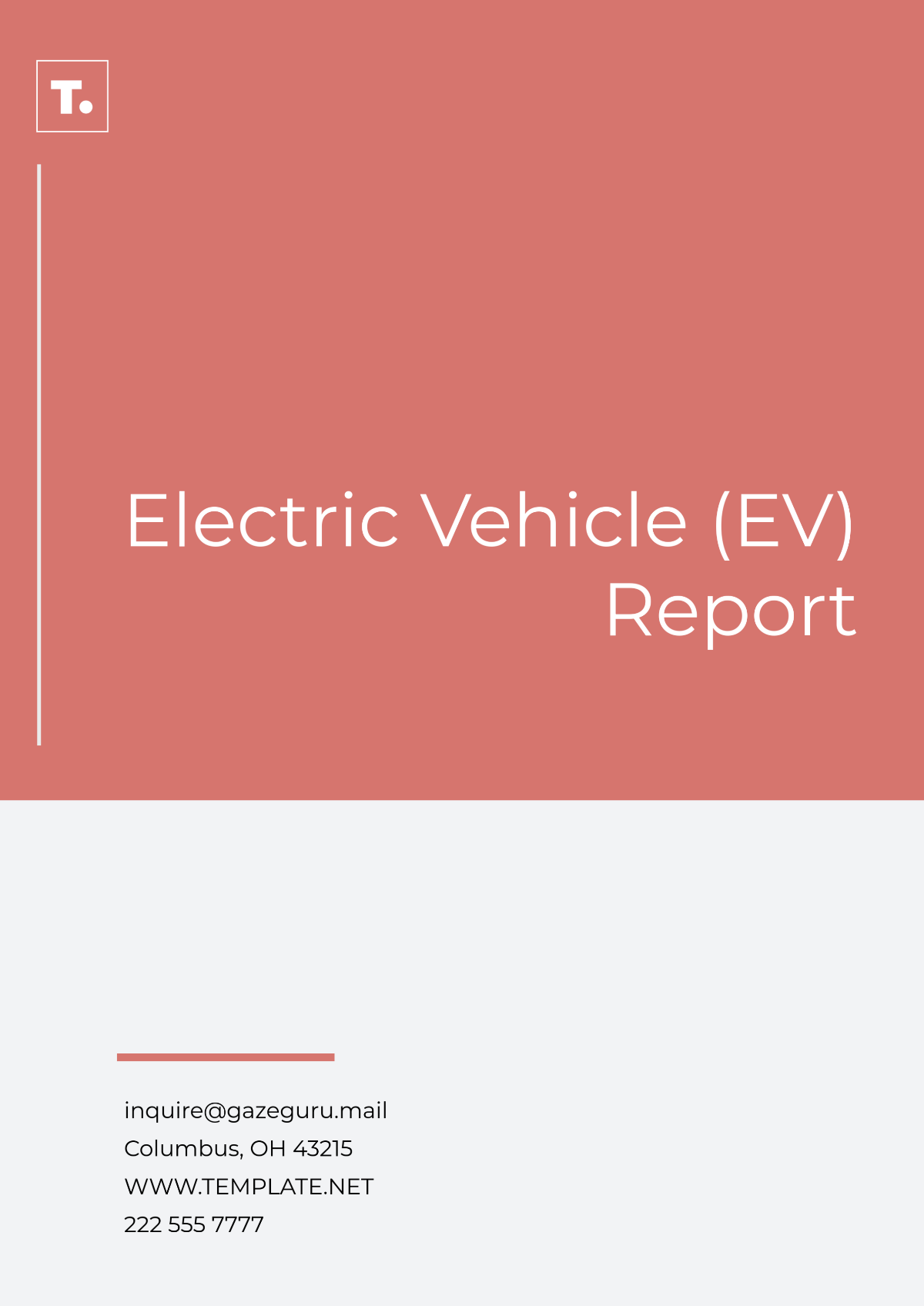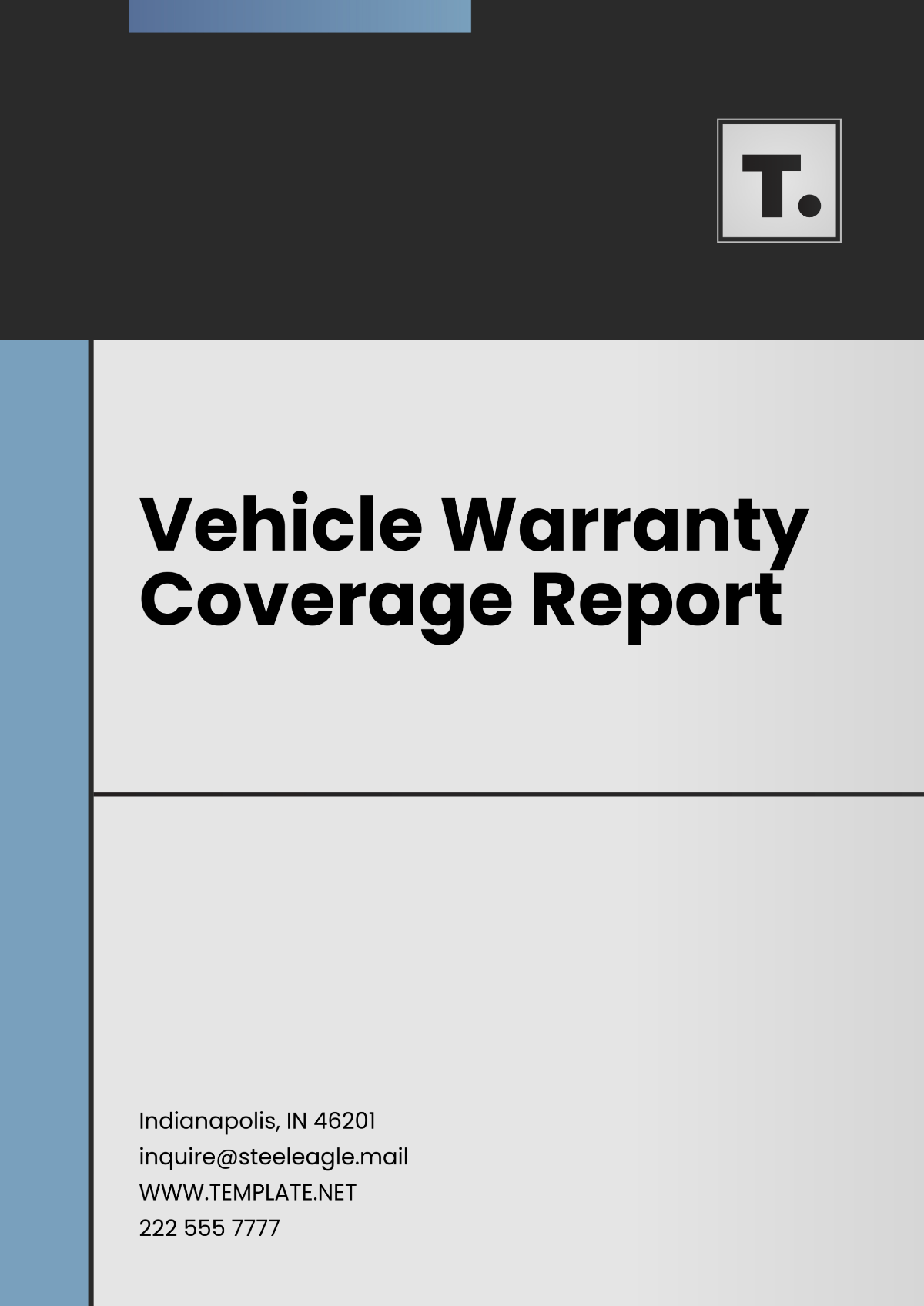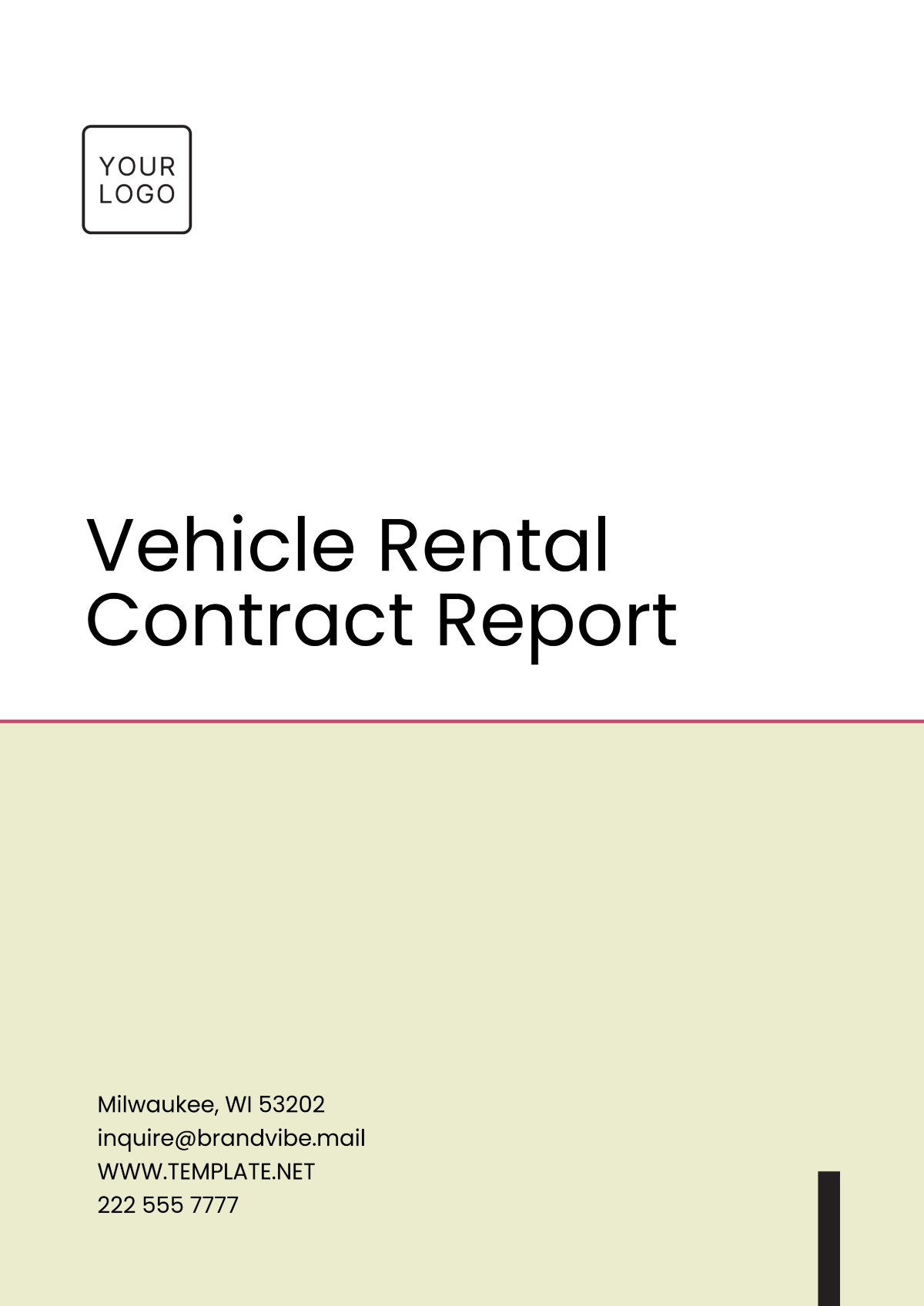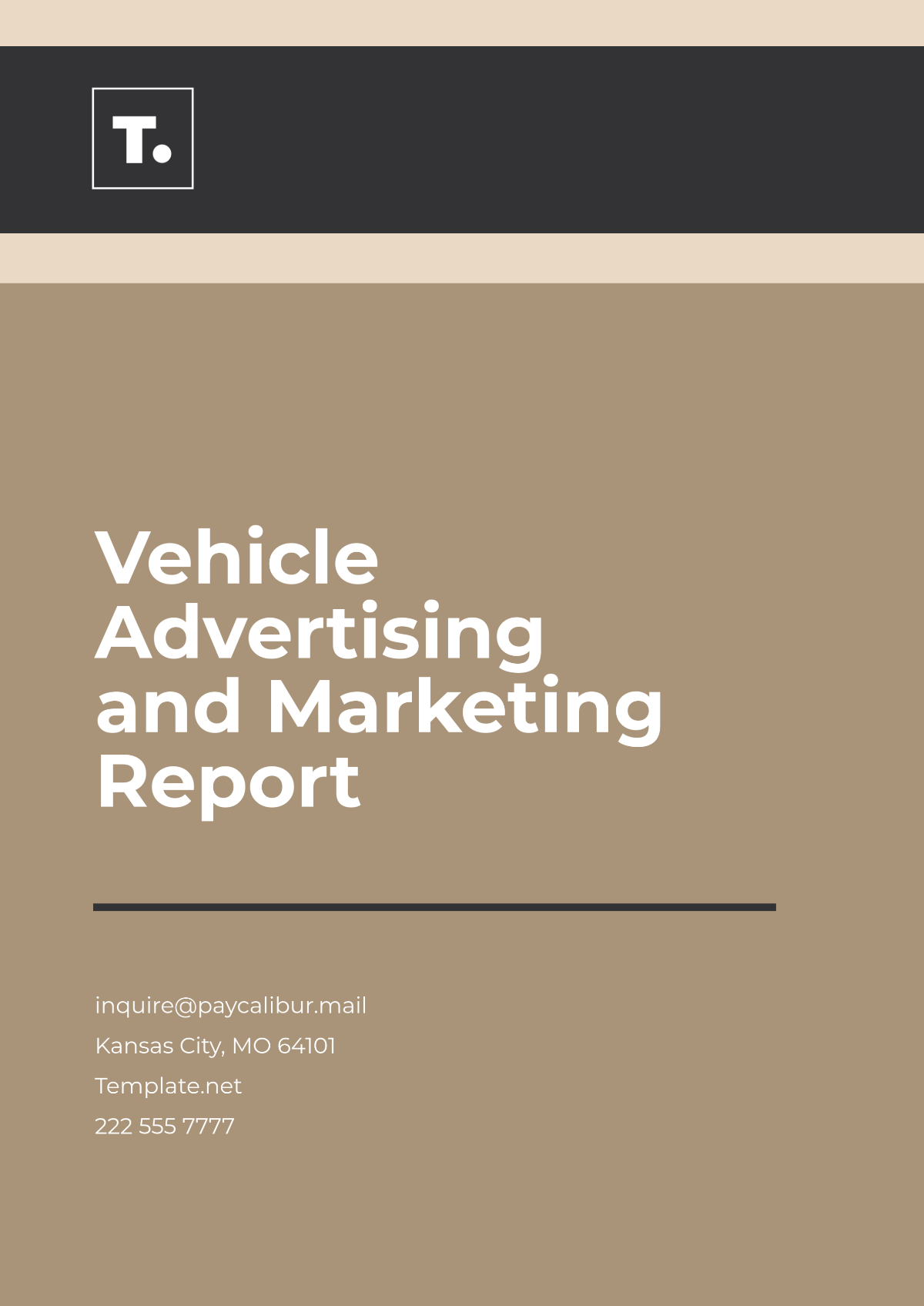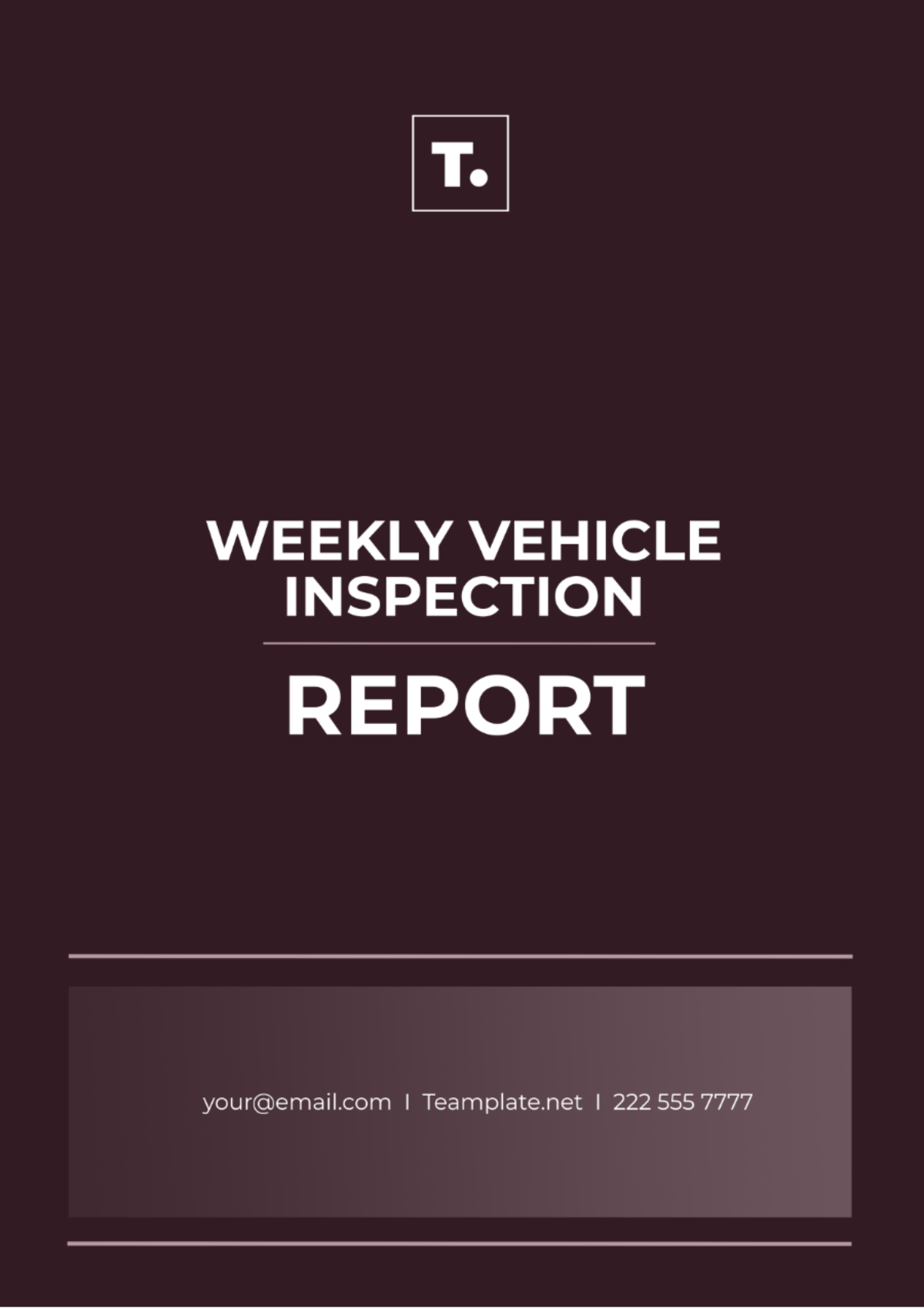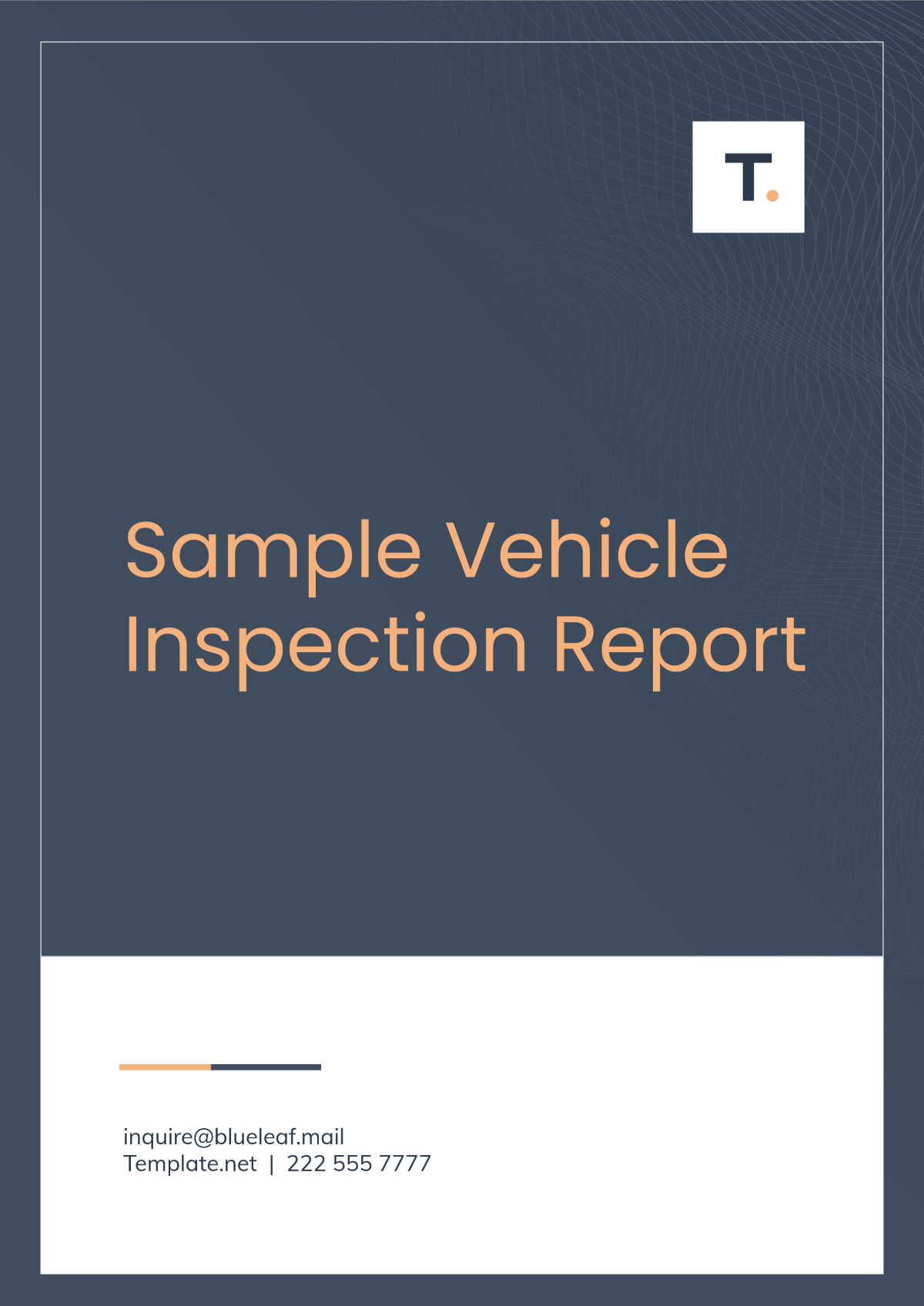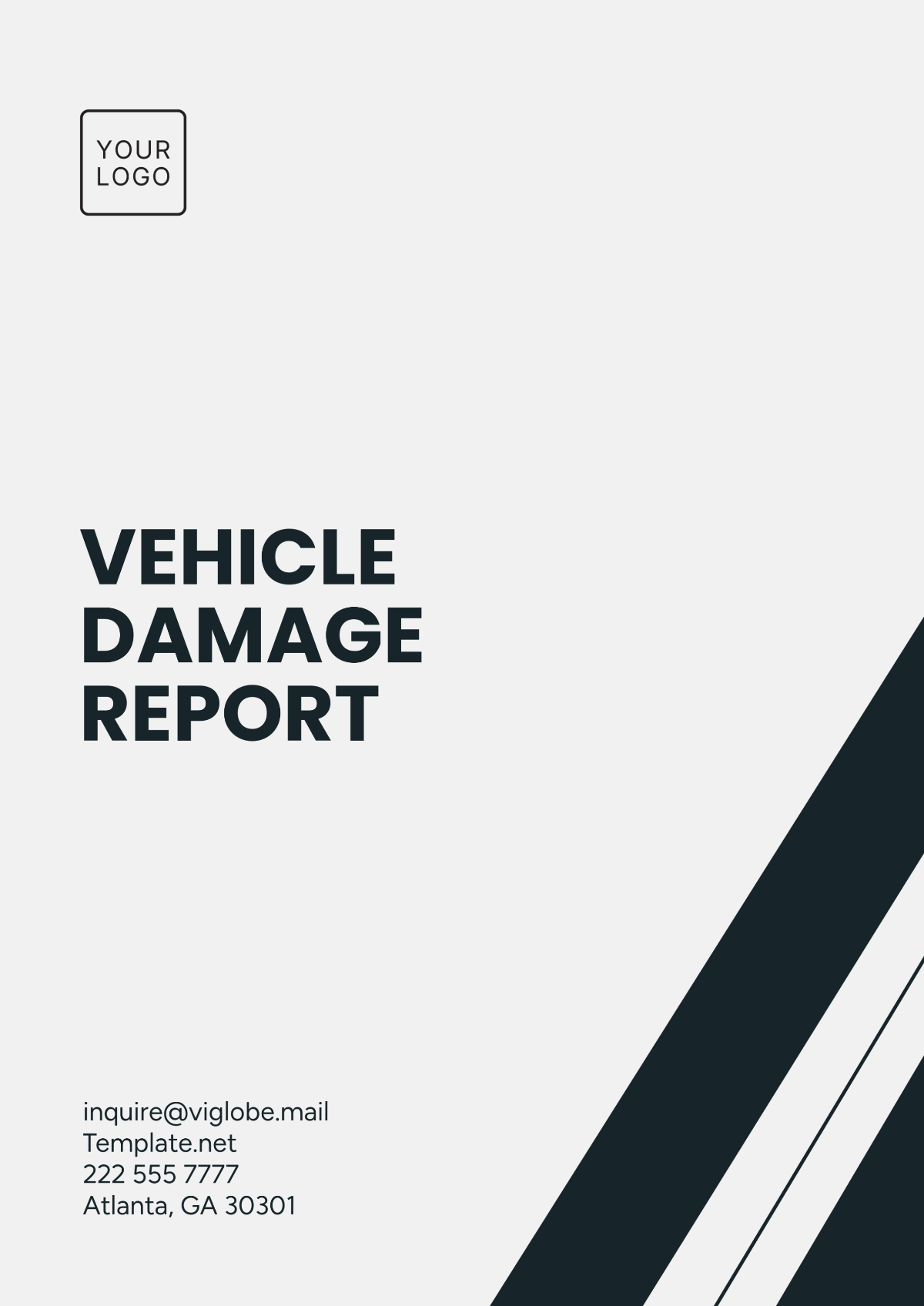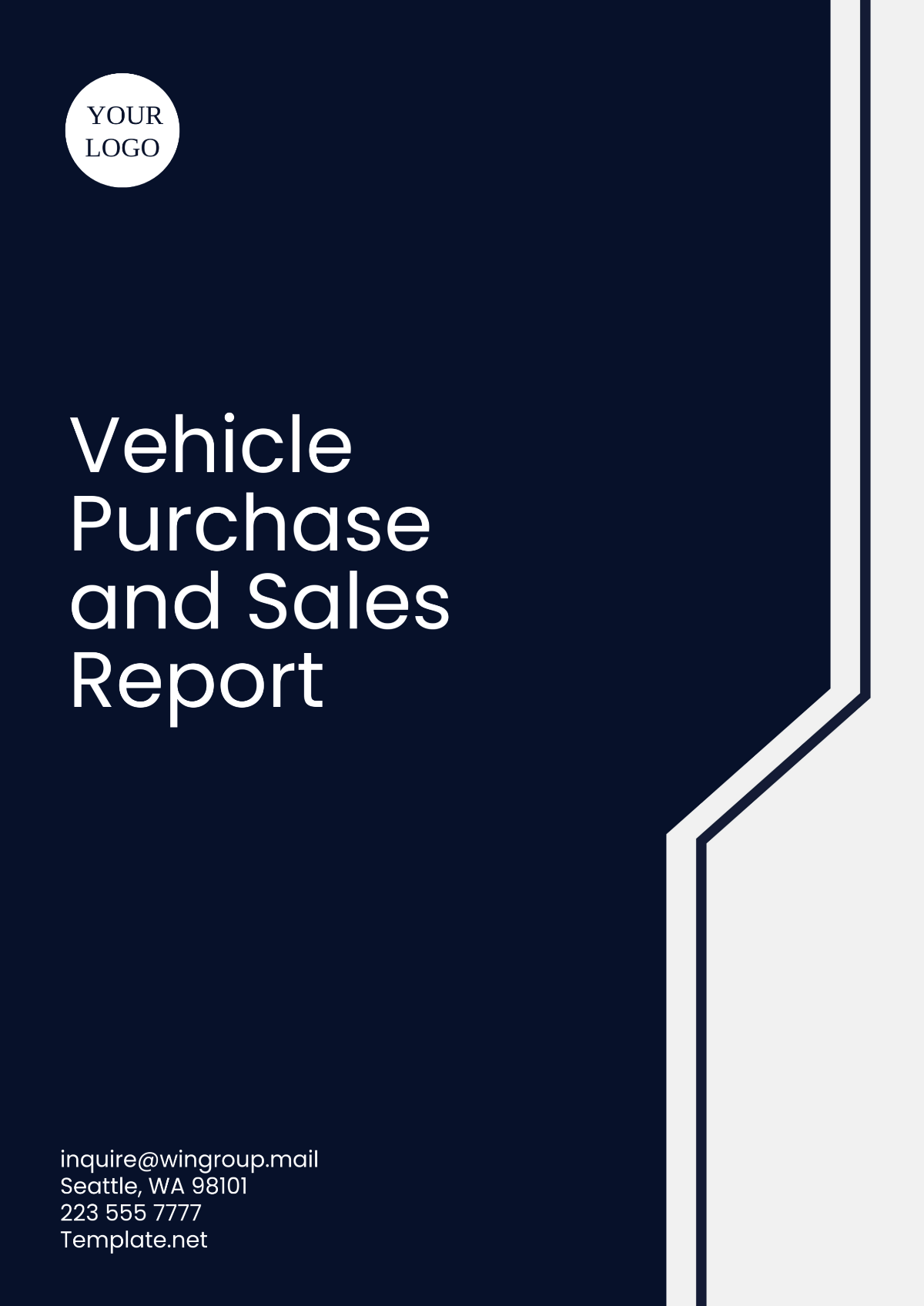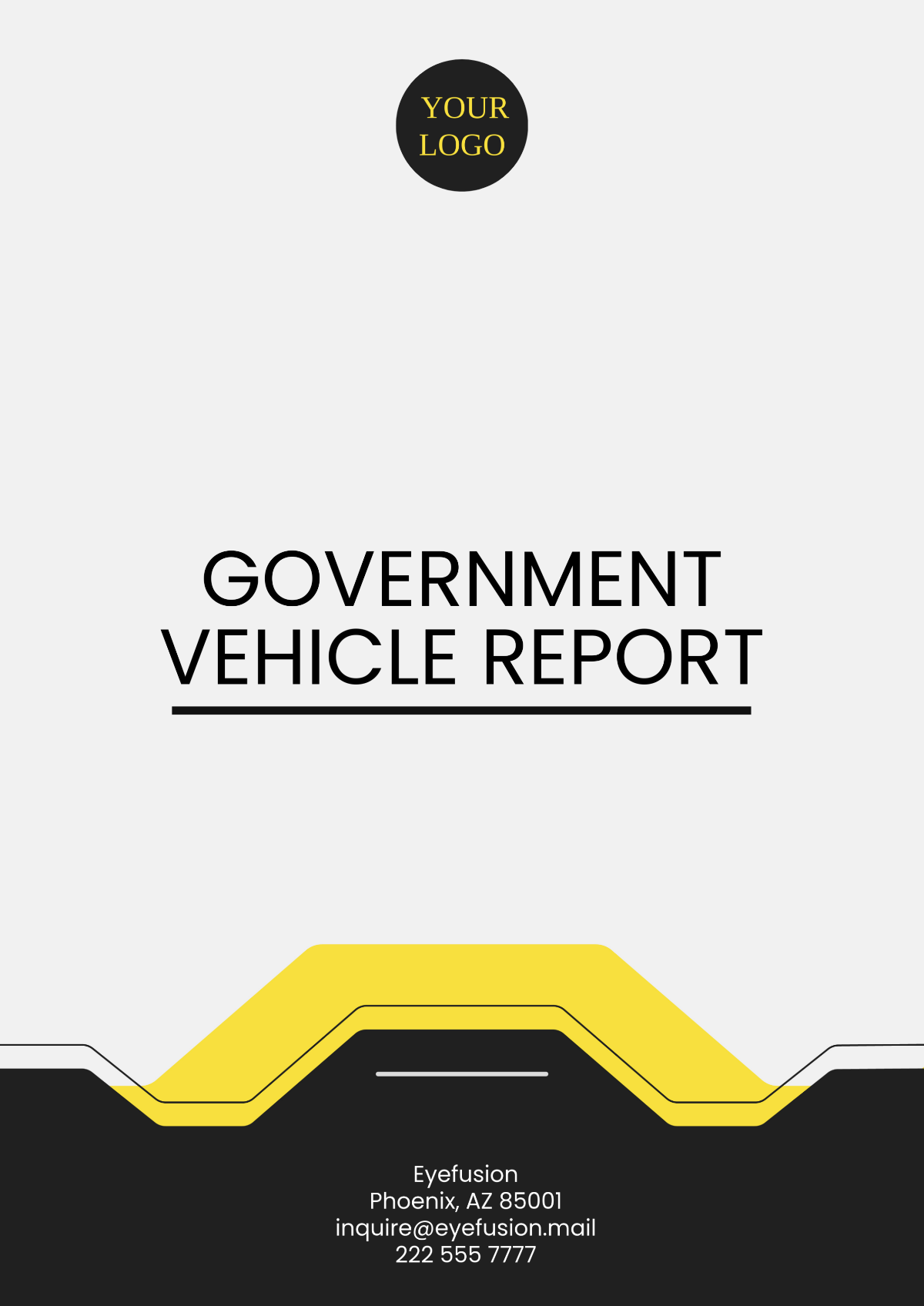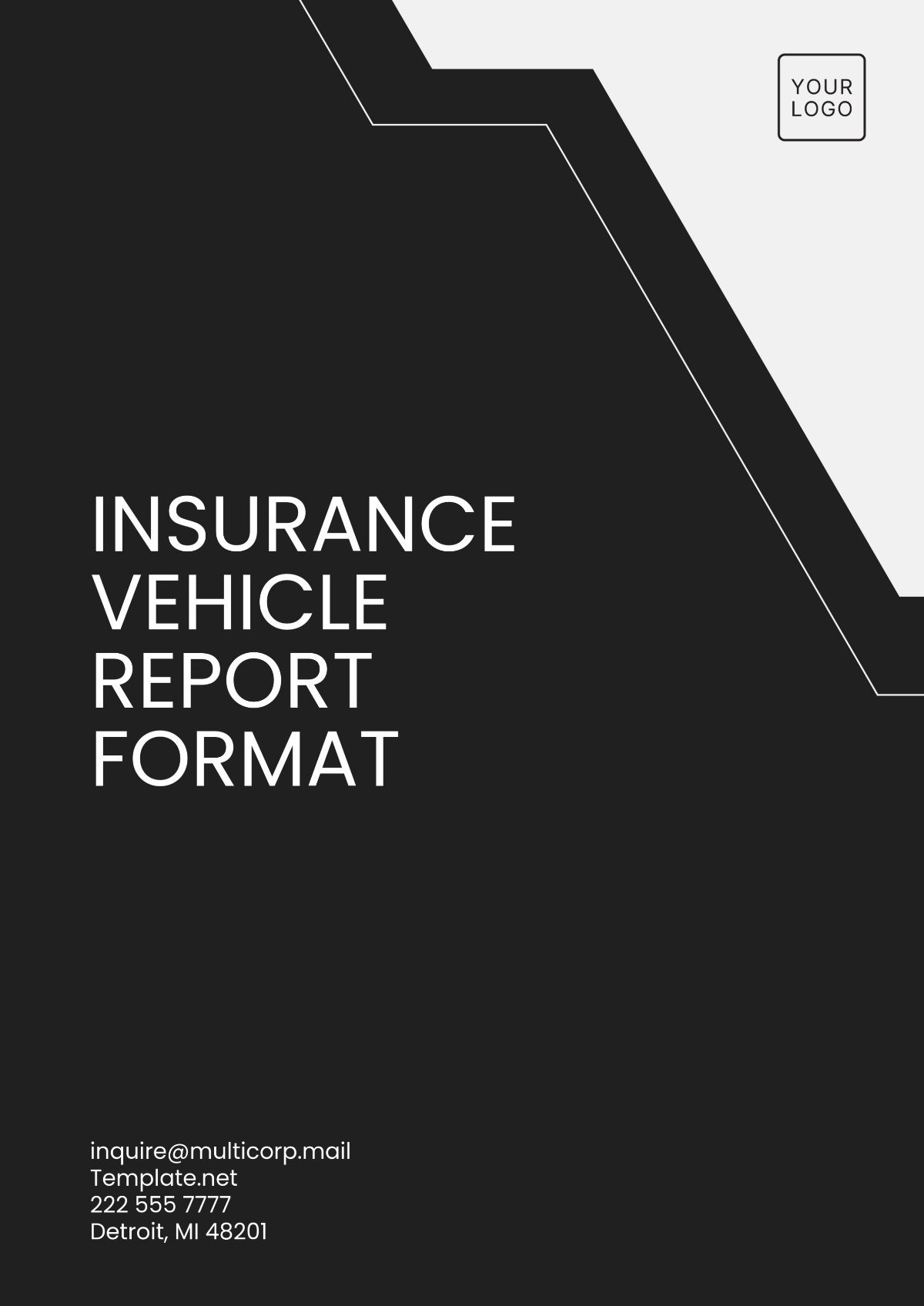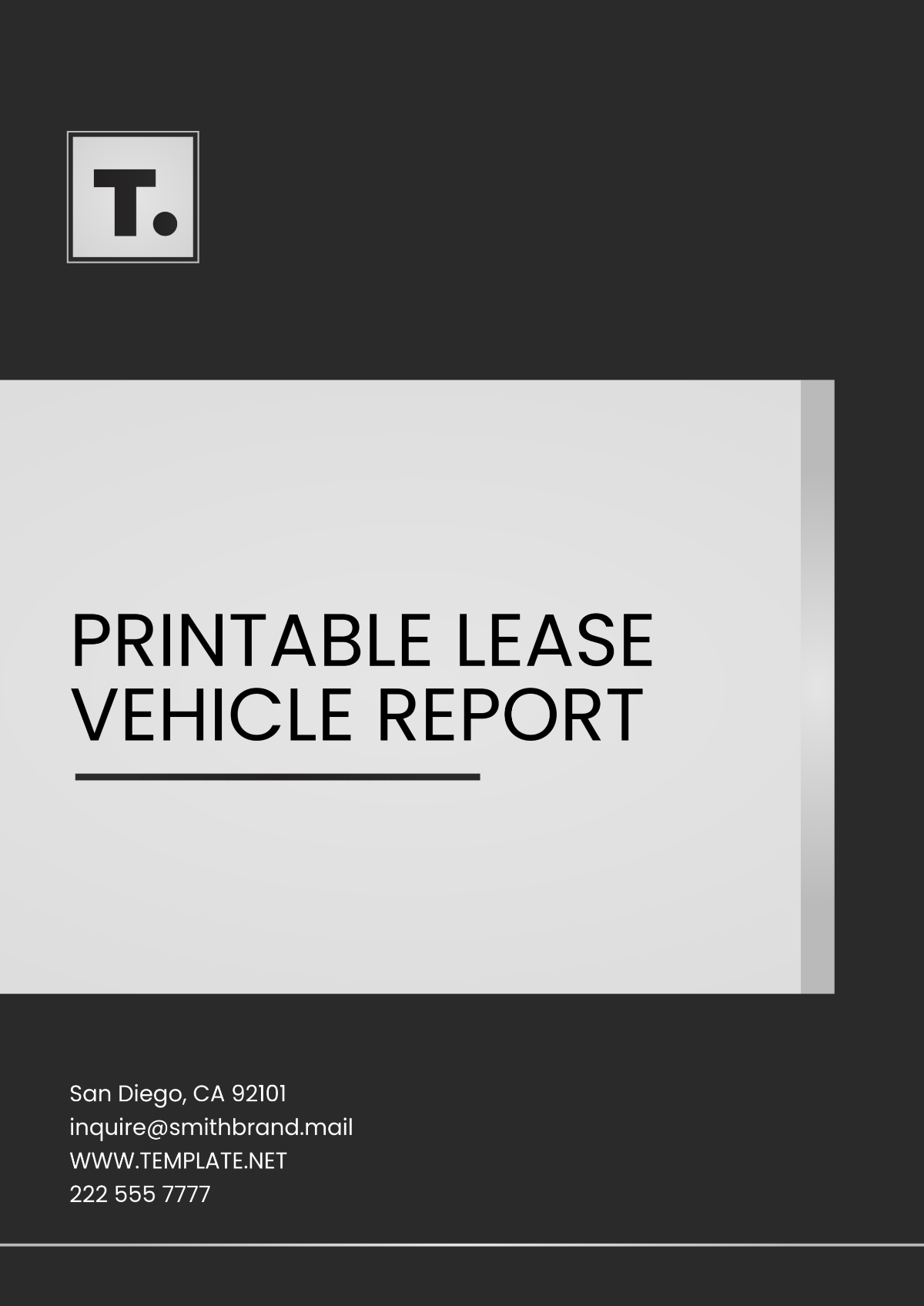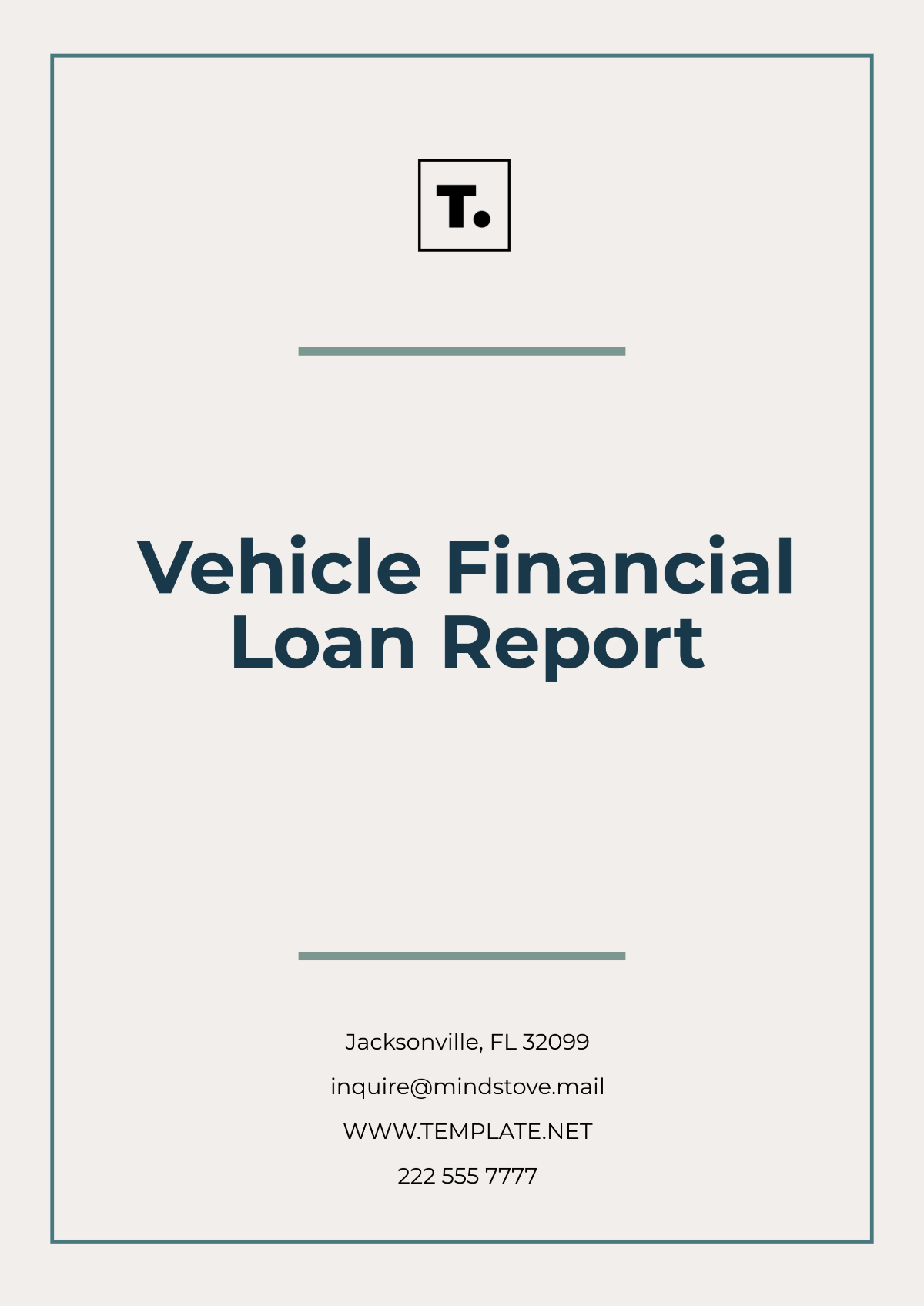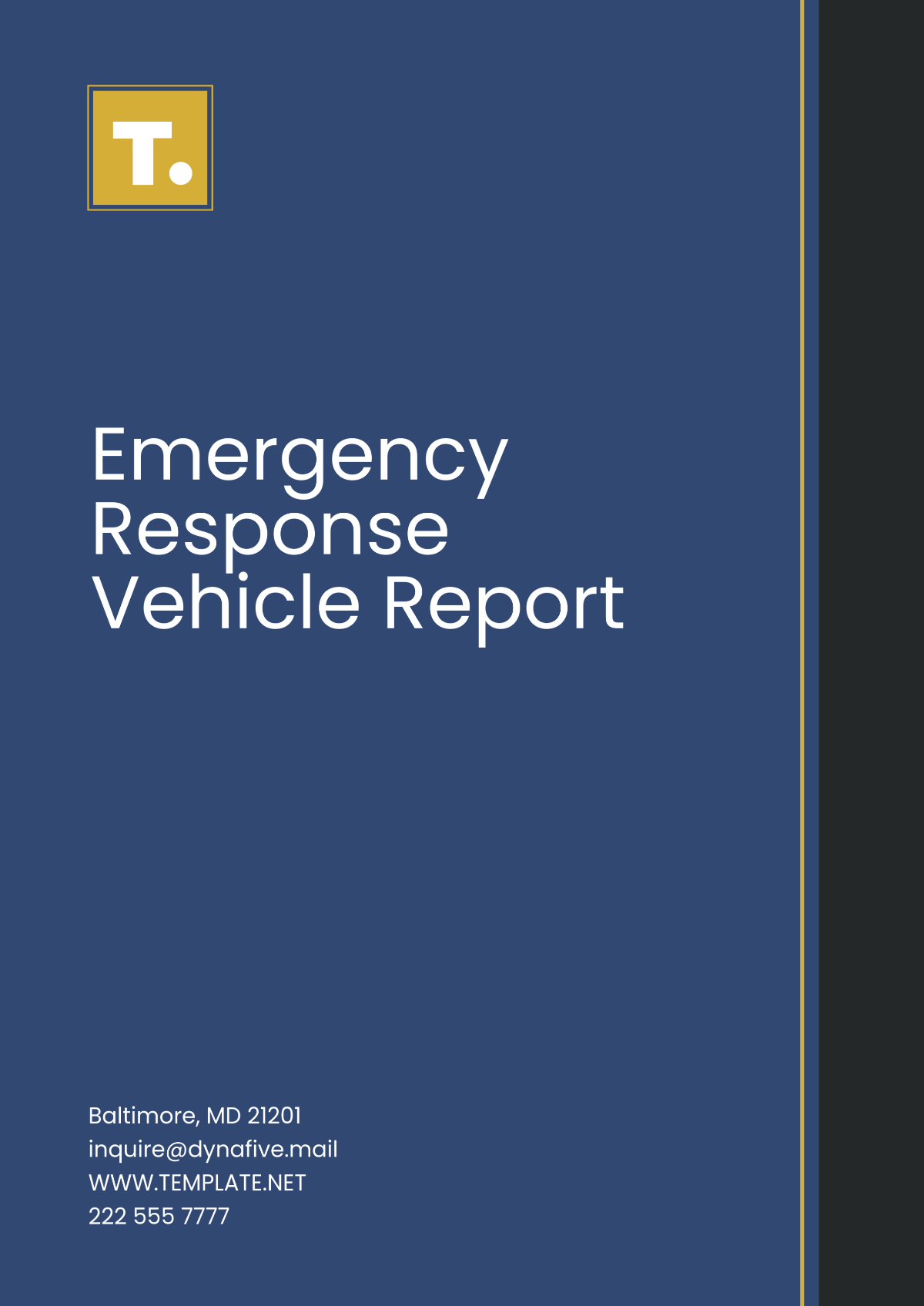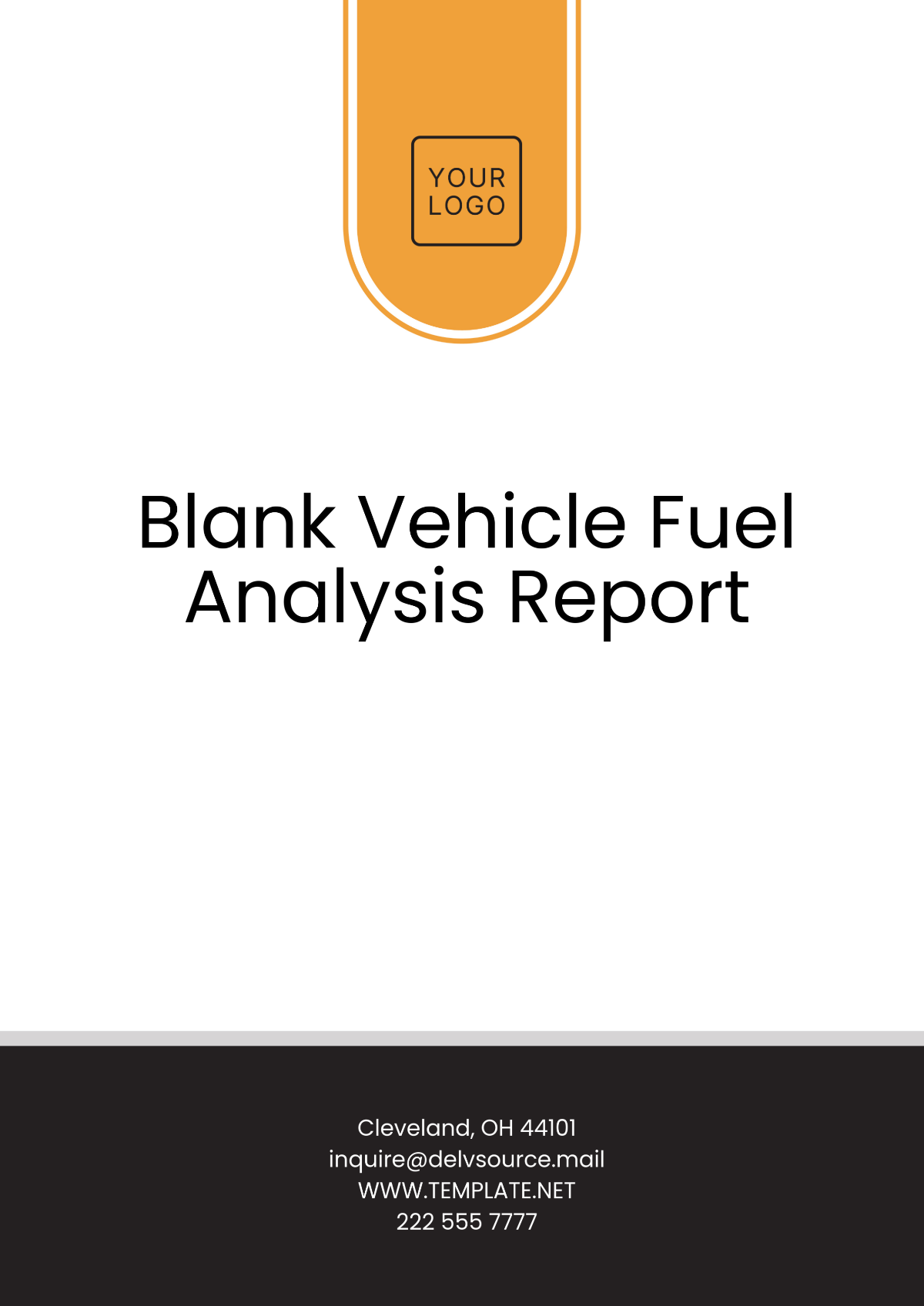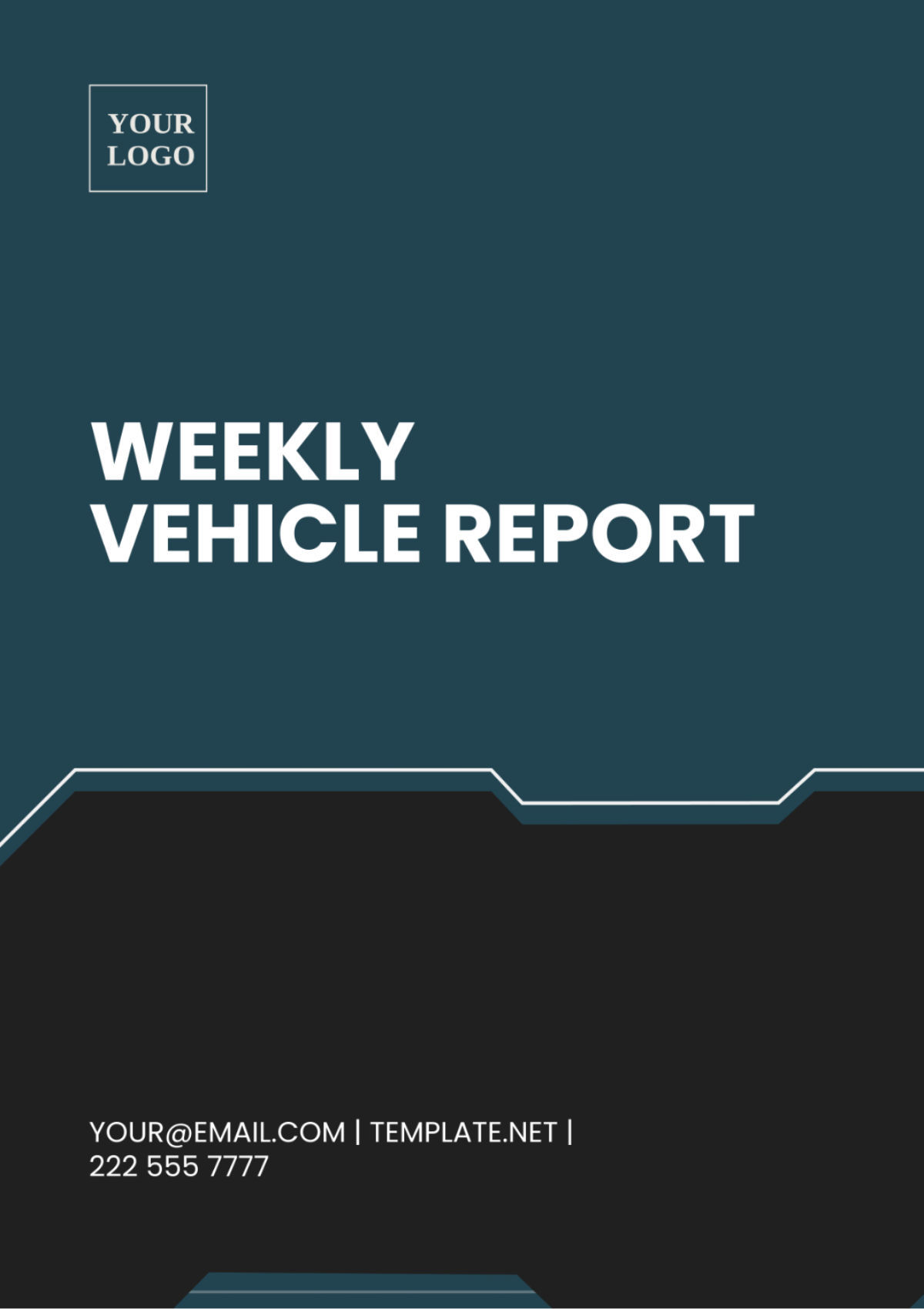Government Vehicle Report
Prepared by: [Your Name]
Company: [Your Company Name]
Date: [Date]
1. Executive Summary
This report provides a comprehensive analysis of the government vehicle fleet's status, operations, and financial performance for the fiscal year 2050-2051. Key findings include improved fuel efficiency due to fleet modernization and challenges related to aging vehicles. Recommendations include expanding electric vehicle usage and optimizing maintenance schedules to reduce costs.
2. Introduction
Purpose: The purpose of this report is to present an overview of the government’s vehicle fleet operations, financial expenditures, and compliance with environmental and regulatory standards.
Scope: This report covers all government-owned and leased vehicles managed across departments during the fiscal year 2050-2051.
Definitions and Abbreviations:
VIN: Vehicle Identification Number
MPG: Miles Per Gallon
3. Inventory and Fleet Composition
Total Fleet Size: 1,500 vehicles
Vehicle Types: Sedans (40%), SUVs (30%), Trucks (20%), Specialized Vehicles (10%)
Department Allocation:
Department of Transportation: 600 vehicles
Department of Public Safety: 500 vehicles
Department of Health: 400 vehicles
4. Acquisition and Disposal
Vehicles Acquired:
200 new vehicles were purchased for fleet modernization, including 50 electric vehicles.
Total cost: $12.5 million.
Vehicles Disposed:
150 vehicles were retired and sold via auction.
Revenue generated: $1.8 million.
5. Operational Performance
Mileage:
Average miles driven per vehicle: 11,500 miles/year.
Total fleet mileage: 17.25 million miles/year.
Fuel Consumption:
Total fuel used: 2.3 million gallons.
Average fuel efficiency: 25 MPG.
Downtime:
Average downtime per vehicle: 2.8 days/year.
Availability rate: 98.5%.
6. Maintenance and Repair
Costs:
Total maintenance and repair expenses: $4.8 million.
Preventive Maintenance:
90% of vehicles adhered to scheduled maintenance programs.
Major Issues:
Significant repair needs for vehicles over 8 years old.
7. Costs and Financial Summary
Cost Category | Amount |
|---|---|
Fuel | $9 million |
Maintenance and Repairs | $4.8 million |
Insurance | $2 million |
Miscellaneous | $5.2 million |
Total Operating Costs | $21 million |
Budget Comparison:
Operating costs were within 2% of the projected budget.
8. Environmental and Sustainability Metrics
Emissions:
Fleet emissions decreased by 10% compared to the previous year.
Sustainability Initiatives:
Added 50 hybrid and 30 electric vehicles to the fleet.
Introduced idle-reduction technology in 200 vehicles.
9. Compliance and Regulatory Adherence
Safety Compliance:
100% of vehicles passed annual safety inspections.
Regulatory Updates:
The fleet is fully compliant with updated emission standards introduced in 2050.
10. Challenges and Recommendations
10.1 Challenges:
Maintenance costs are rising for older vehicles still in operation.
Insufficient charging infrastructure for the growing number of electric vehicles.
10.2 Recommendations:
Prioritize the replacement of vehicles older than 8 years.
Invest in expanding electric vehicle charging infrastructure at key facilities.
Implement predictive maintenance technologies to reduce unexpected downtime.
